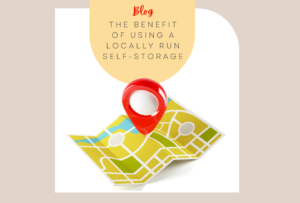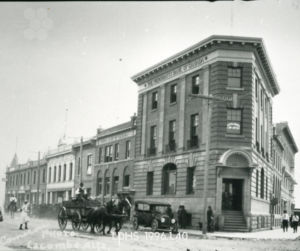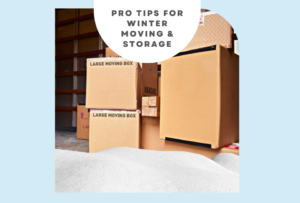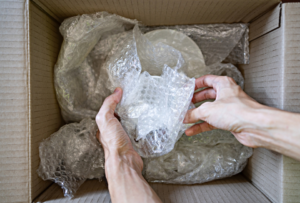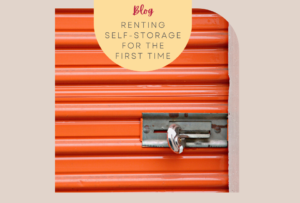
First Time Storage Tips
At some point, you or a family member experience an event where self-storage offers a solution. Whether it’s a move, a renovation, or a death in the family if you’ve never rented a storage unit here are some insider tips to help things go smoothly.
First, determine what size storage unit you need. The quickest way is to inventory what you are storing and use a storage size calculator. This tool can be found on a storage company’s website and can save you the headache of choosing the wrong sized storage unit.
Once you know the size you need check storage prices. Keep in mind that the price given isn’t always the final price. Some storage businesses require a damage or gate fob deposit, or charge admin or service fees.
Now that you have determined the storage facility and a unit size, be prepared for some paperwork. Just like renting a car, or a home, storage rentals require a contract. To keep this as painless as possible have the following information ready:
– Photo ID.
– Your contact information (current address where you receive your mail, your cellphone number and an email address.
– Name an alternate contact for your account (with phone number) in case you can’t be reached for any reason.
– If you are storing a vehicle you will have to show the current registration as proof of ownership.
Before you sign the rental agreement make sure you understand it. You don’t want to find yourself in breach of this legally binding contract, just because you didn’t read it. That’s a little like telling a police officer that pulled you over for speeding that you didn’t see the speed limit sign.
The storage contract will contain things like how much and when rent is due, additional charges, storage rules (what you can and can’t store and acceptable or unacceptable activities in the storage facility), insurance requirements, and the repercussions if you fail to pay rent.
While these contracts can seem daunting a good storage company will have this document written in plain language and have trained staff that should willingly offer to explain it to you.
Pro Tip:
A storage facility’s insurance never covers a renter’s possessions. This is because the insurance company has no way of verifying the value of these possessions. As a homeowner or renter, you may already have content insurance that will cover belongings in storage. Always inquire with your insurance company to ensure items in storage would be covered.
Pro Tip:
When you are talking to storage staff about the contract, also ask if someone is onsite in case you need help while in the facility, what the office hours are and what yard access hours will be.
Once you understand the storage contract, and your questions have all been answered, sign the agreement and then you are ready for the final step, packing your belongings into the storage unit.
Pro Tip:
Before you reach the yard with your belongings, learn how to access the storage facility and your unit. Whether you received a fob, or access code test for facility, make sure it works and check to see if you can get into your storage unit.
Pro Tip:
Your community or the community you are moving to, can be a great source of information as well. Check out local social media sites that will answer questions regarding the involvement of a Storage office in their own local area. For Lacombe we suggest checking out Lacombes community page.
Now you can get down to the business of loading your storage unit. For tips on how to maximize your space check out our blog on how to pack a storage unit.





